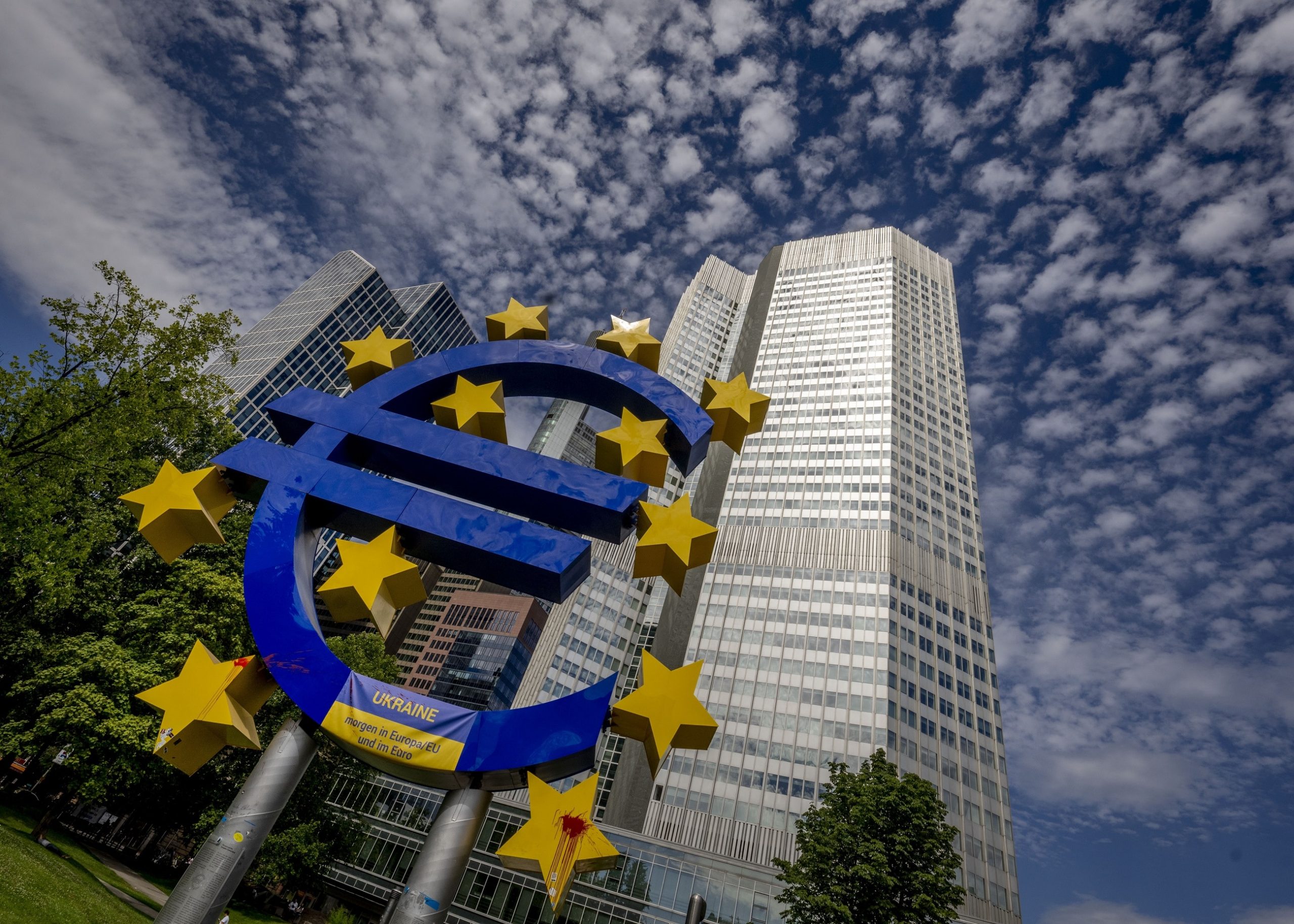Forex
The eurozone’s foreign trade deficit is a problem. Indicators have risen to an anti-record.

The eurozone’s foreign trade deficit is a problem. The negative balance of foreign trade in goods rose to 50.9 billion euros, according to preliminary data from the Statistical Office of the European Union (Eurostat). By comparison, in July the deficit was 34 billion euros, and in August 2021 there was a surplus of 2.8 billion euros.
The eurozone foreign trade deficit and the impact on EU economies
The figure rose to a record high as a result of a significant increase in imports due to a jump in gas prices.
Eurozone countries increased imports of goods by 53.6% year-on year to €282.1bn and exports by 24% to €231.1bn the month before last.
The foreign trade deficit of the European Union in August was 64.7 billion euros, compared to 7.1 billion euros a year earlier. The volume of imports increased by 56.4% to 271.8 billion. Exports rose by 24.2% to 207.1 billion.
During the period from January to August, the EU countries increased imports by 49.9%, to 1.967 trillion euros. Purchases of energy rose 2.5 times, food, and drinks – by 27.5%.
Exports from the EU countries for the eight months of this year grew by 18%, to €1,657 trillion. The balance of EU foreign trade deficit in January-August amounted to 310 billion euros against a surplus of 91.8 billion euros a year earlier.
The deficit in the balance of the EU in trade with Russia over eight months amounted to 115 billion Euros (37.3 billion Euros a year ago). Imports to the Russian Federation from the EU since the beginning of the year increased 1.6 times, to €153bn; exports to the country decreased by 34.3%, to €38bn.
The EU’s balance deficit in trade with China increased to €259bn from €139.8bn a year earlier.
Earlier we reported that the strengthening of the dollar will stop only with the beginning of the global economic recovery.

 Forex3 years ago
Forex3 years agoForex Today: the dollar is gaining strength amid gloomy sentiment at the start of the Fed’s week

 Forex3 years ago
Forex3 years agoUnbiased review of Pocket Option broker

 Forex3 years ago
Forex3 years agoDollar to pound sterling exchange rate today: Pound plummeted to its lowest since 1985

 Forex3 years ago
Forex3 years agoHow is the Australian dollar doing today?

 Cryptocurrency3 years ago
Cryptocurrency3 years agoWhat happened in the crypto market – current events today

 World3 years ago
World3 years agoWhy are modern video games an art form?

 Commodities3 years ago
Commodities3 years agoCopper continues to fall in price on expectations of lower demand in China

 Economy3 years ago
Economy3 years agoCrude oil tankers double in price due to EU anti-Russian sanctions



























